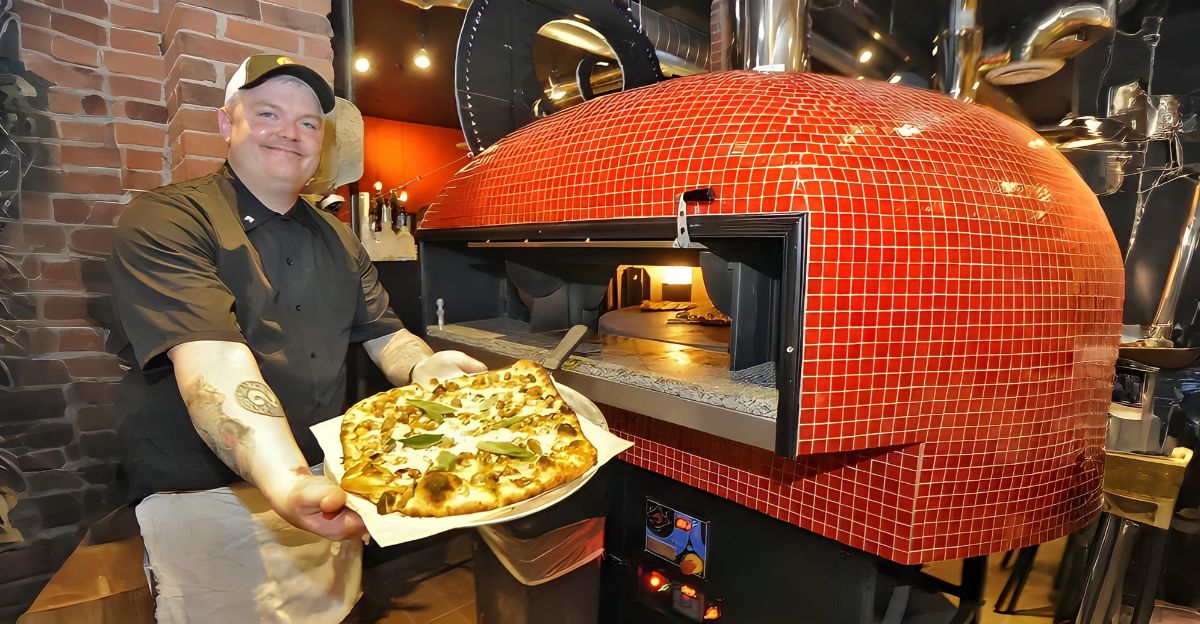
The New York Post has reported that a popular pizza chain has abruptly closed 15 more of its locations in the Midwest, while many more are at risk of closing down. These closures have left many loyal customers confused and disappointed. Once a familiar stop along highways and in suburban shopping centers, this well-known brand is closing locations at a rapid pace.
Over the last few years, these closures have been so widespread and sudden that many customers have been pulling up to their favorite pizza places, just to find that they have disappeared for good. But what’s behind all this, and what does it mean for the future of casual dining in the U.S.?
More Locations Closing
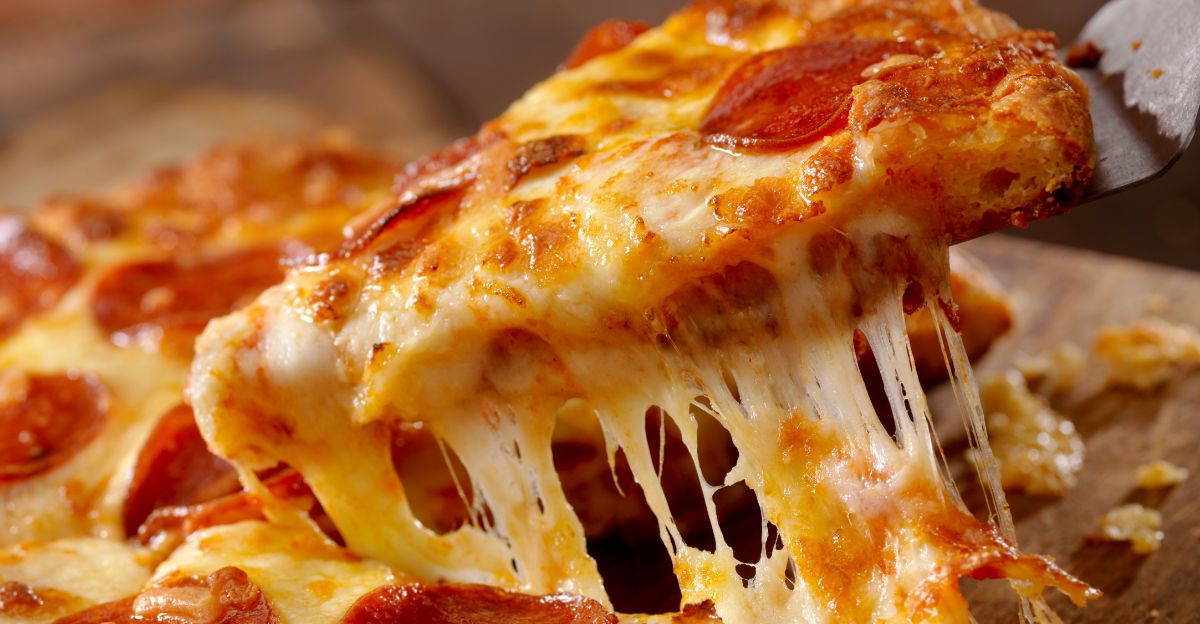
These closures have not been limited to just one region; major cities like New York, Chicago, and Los Angeles have all had to say goodbye to multiple locations over the years. But recently, the chain decided to close down 15 more locations, leaving fans worried about the chain’s future.
With each store closure, more Americans are left wondering if their local restaurant is next. The impact is national, affecting communities from all over America and leaving a noticeable gap in the fast-food landscape.
The Nostalgia
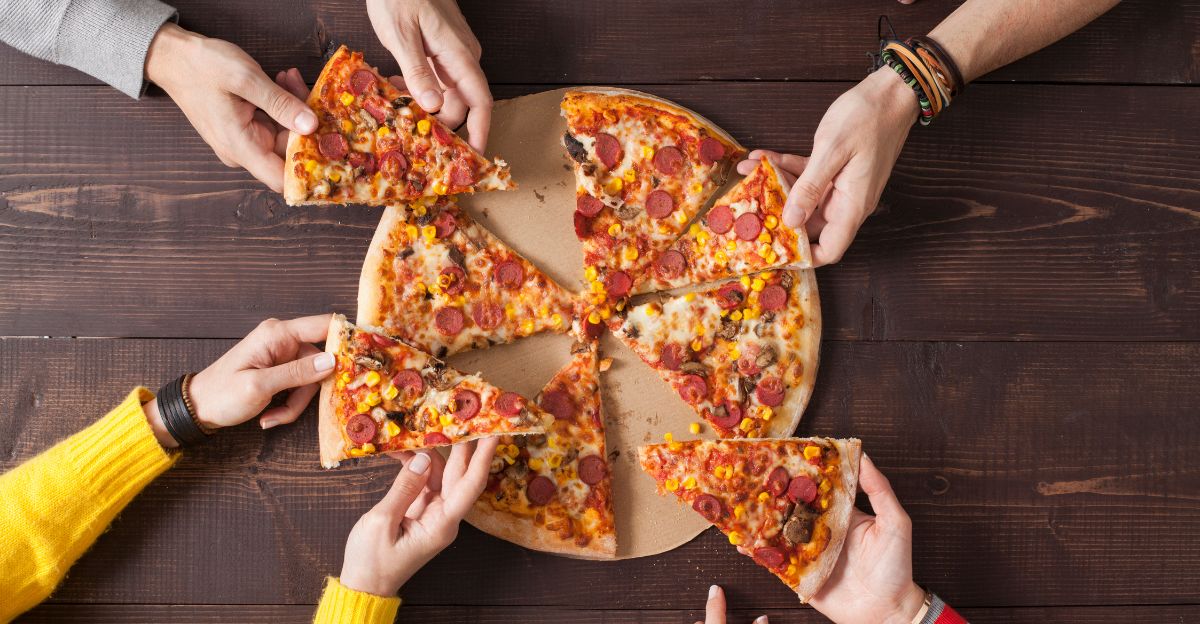
For decades, this chain has been a go-to spot for family gatherings, birthday celebrations, and post-game pizza feasts. Its famous red roofs and cozy booths were common in big and small towns.
Many people have fond memories of piling into their cars on a Friday night, just to pick up their favorite pizza. The nostalgia runs deep, making the closure of these spots especially bittersweet for many loyal fans.
Big Changes
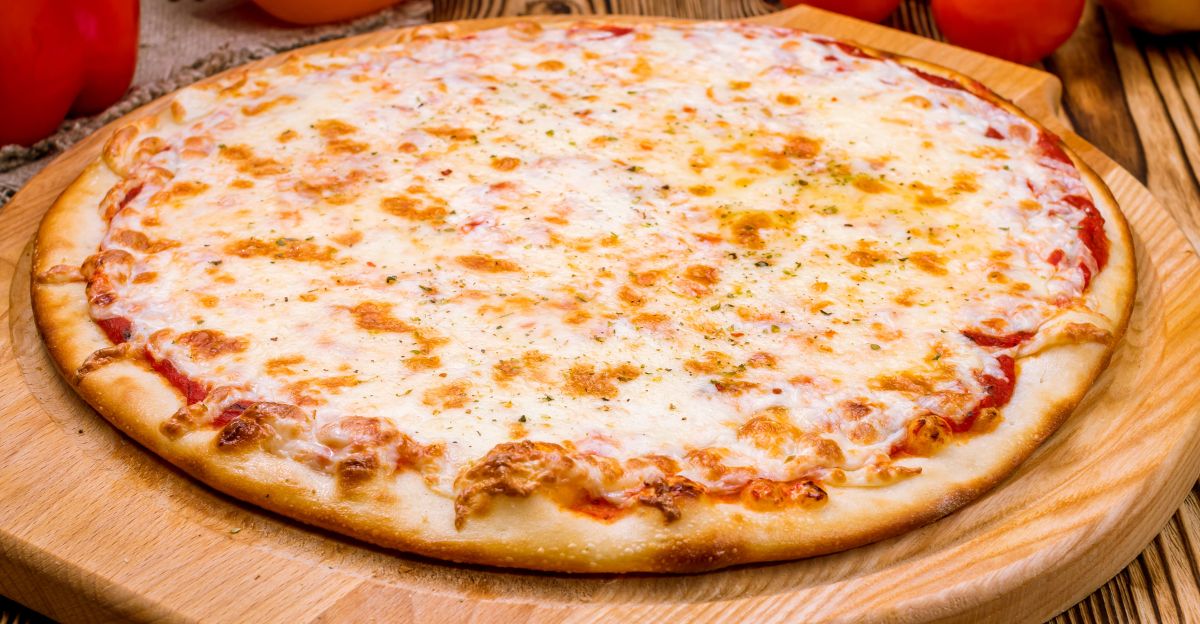
It’s no secret that the restaurant world has changed significantly over the years. Higher food and labor costs, shifting customer preferences, and strong competition have all taken their toll.
While the chain offers delivery and takeout, many locations still feature dine-in service, which was once a major draw, but now struggles to compete in a world where convenience and speed usually matter more than nostalgia. With fewer customers interested in eating in, many locations have been struggling financially, forcing tough decisions for owners and operators.
Pizza Hut
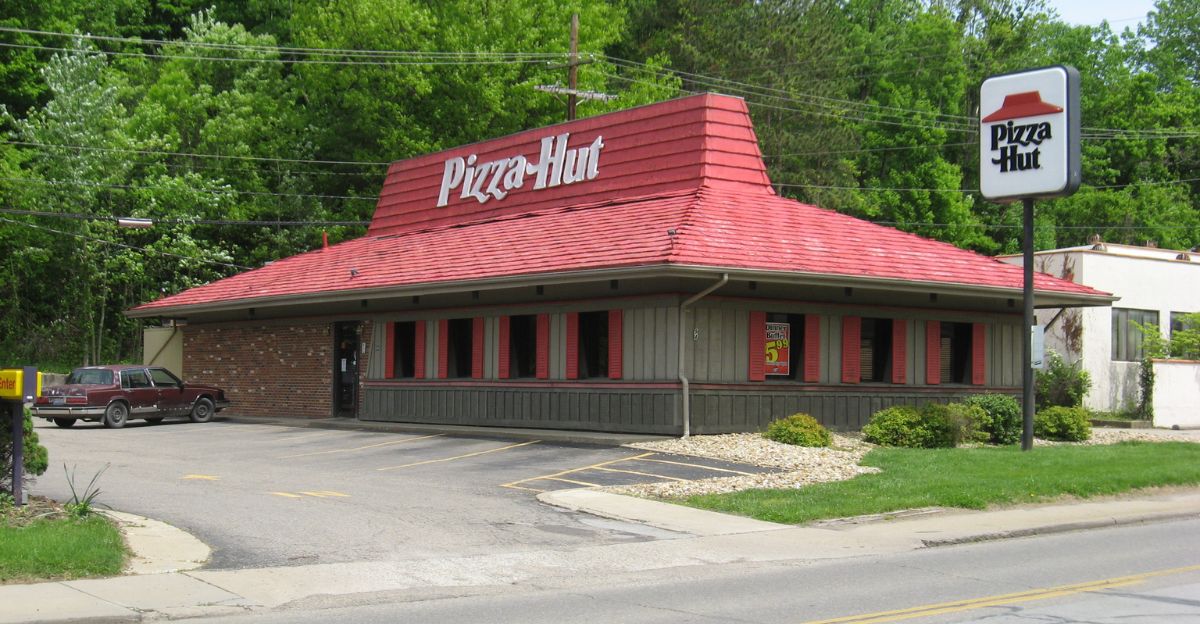
But what chain is it? Pizza Hut, of course. Over the past few years, the chain has closed hundreds of its traditional dine-in restaurants across the United States, but The Times of Northwest Indiana recently reported the closure of 15 more restaurants in Northwest Indiana.
According to The Times of Northwest Indiana, this happened after Pizza Hut “was accused of defaulting on payments and claimed Pizza Hut failed to adapt to modern tastes and did little more recently than changing the type of cheese in its Stuffed Crust Pizza.”
Closed Locations
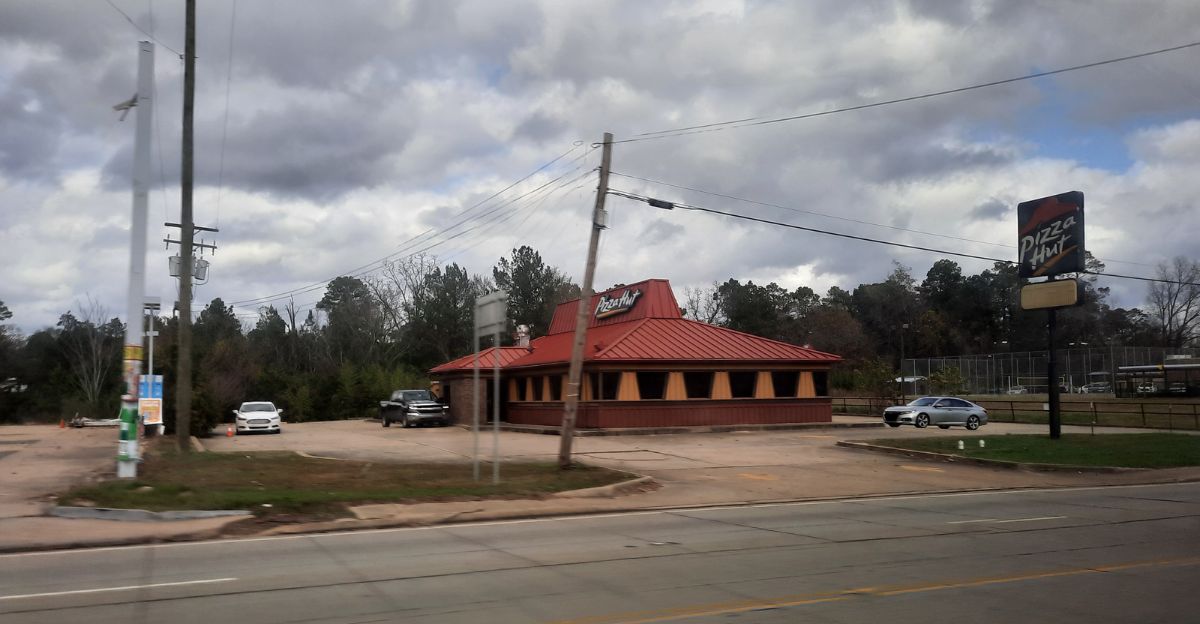
On June 14, the company shut down these locations: 754 Indian Boundary Road No. 1, Chesterton, 13300 Lincoln Plaza Way, Cedar Lake, 10889 Randolph St., Crown Point, 715 N. Main St., Crown Point, 250 W. Ridge Road, Griffith, 7331 Indianapolis Blvd., Hammond, 7878 E. Ridge Road, Hobart, 75 Pine Lake Ave., La Porte, 1916 E. Commercial Ave., Lowell, 1501 W. 81st Ave., Merrillville, 5350 Franklin St., Michigan City, 815 Ridge Road, Munster, 6159 U.S. Highway 6, Portage, 975 W. Lincoln Highway, Schererville, 2510 Laporte Ave., Valparaiso
Franchisee Struggles
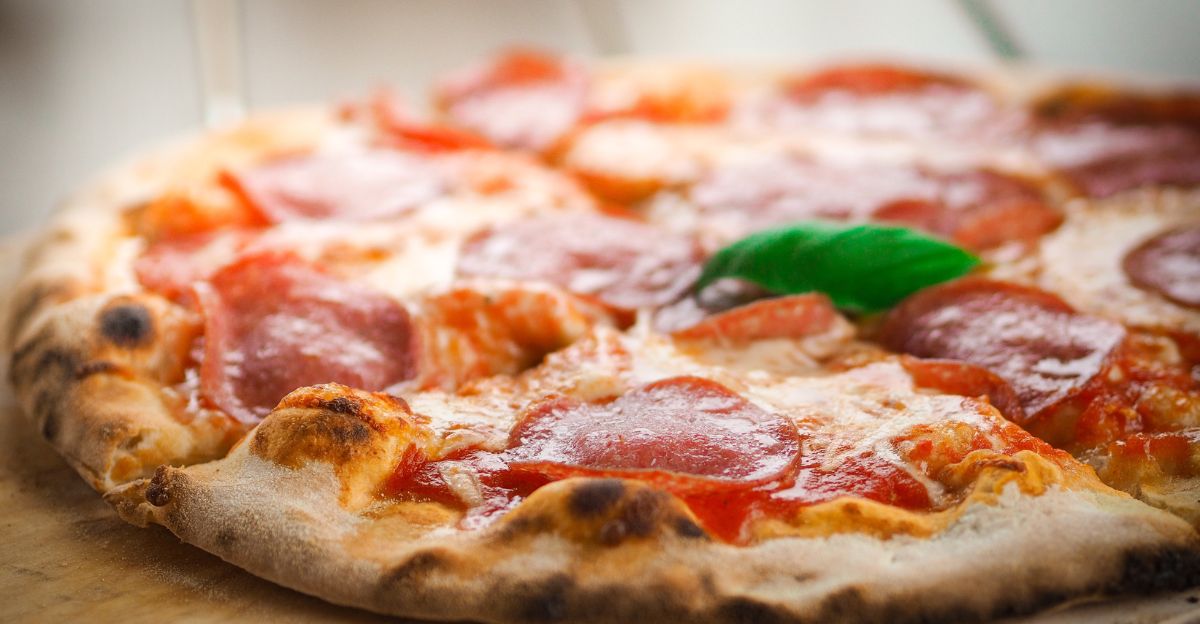
But the chain has been struggling for years now. Pizza Hut franchisees have faced mounting pressure due to shrinking profits, high operational costs, and the expensive requirements of updating older restaurants.
Some franchise owners have even taken legal action against the parent company over franchise terms and support. The strain has led to sudden closures, layoffs, and uncertainty for thousands of employees. For many franchisees, trying to keep their businesses running has become an overwhelming and often unsustainable battle.
Competitor Pressure
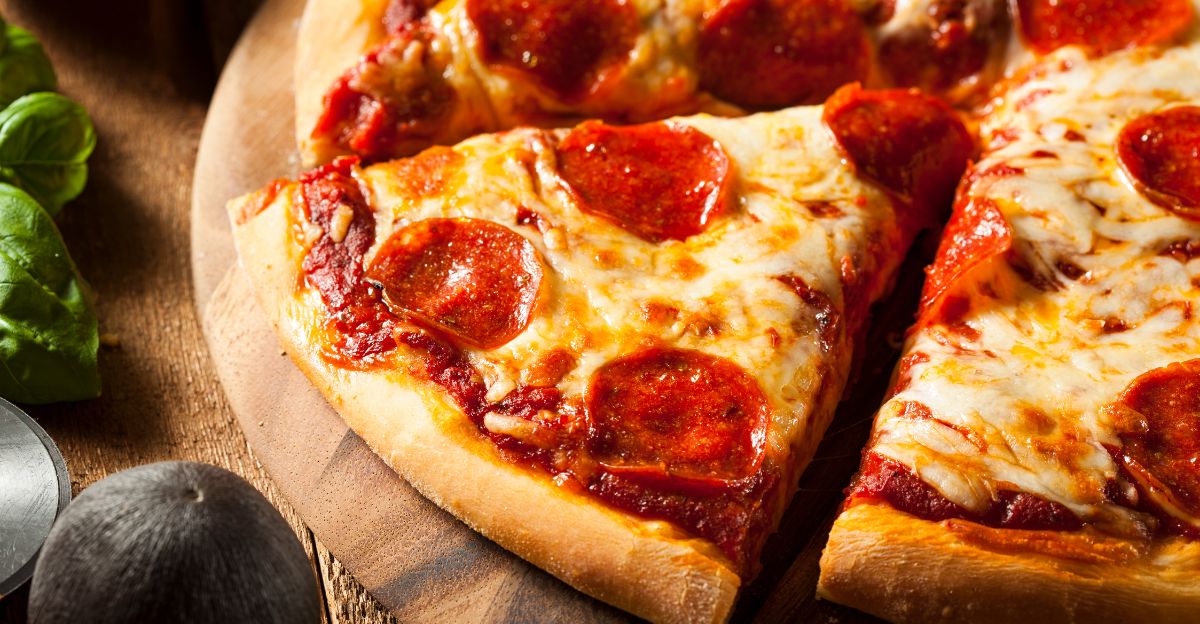
While Pizza Hut has faced many challenges, competitors have surged ahead. Other popular chains like Domino’s and Papa John’s, as well as a few trendy newcomers, have drawn in younger, tech-savvy customers with their slick apps and customizable menus.
Third-party delivery apps have made competition even tougher, giving customers more options than ever before for ordering pizza. Pizza Hut’s classic business model has struggled to keep up with the fast-changing market.
Changing Consumer Habits
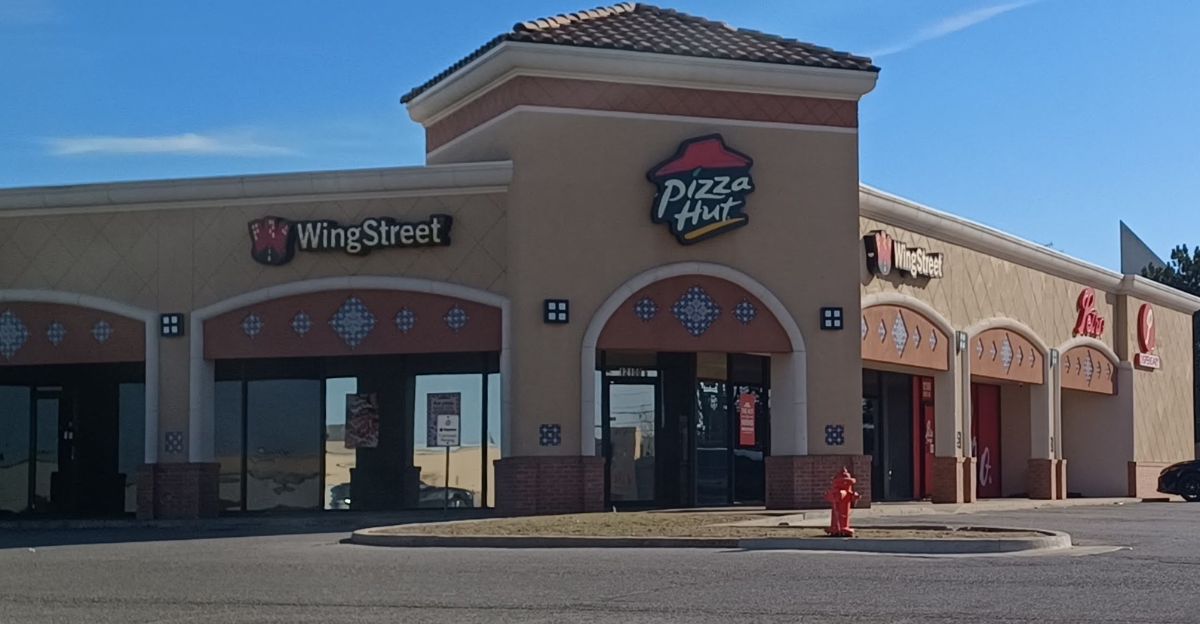
Nowadays, diners want speed, convenience, and personalization. The old sit-down pizza restaurant, with its salad bars and arcade games, now feels pretty outdated.
More people are now ordering their food online or through apps, wanting fast delivery and a wider selection of options. Pizza Hut’s attempt to adapt to consumer needs has had mixed results, as the brand tries to balance its nostalgic appeal with the demands of a new generation of pizza lovers.
The Future
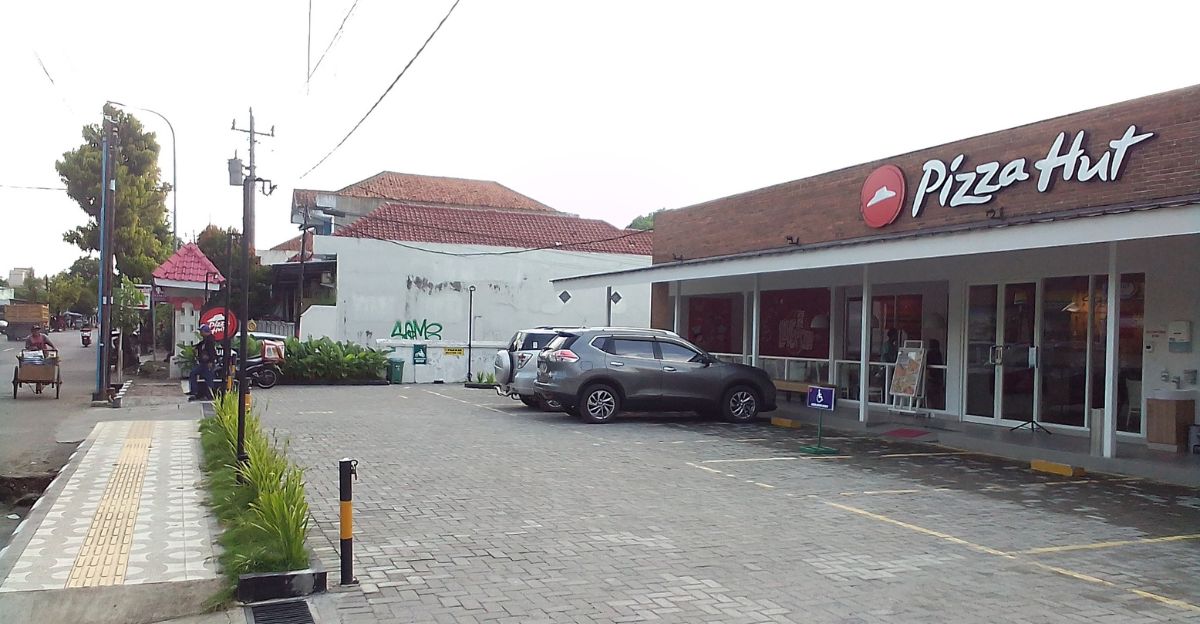
Pizza Hut was once a nationwide favorite, but now, it is struggling to keep up. The future for this beloved chain remains uncertain as thousands of fans hope for a major comeback. We just have to wait and see what happens next.
